Huge Ocean Beneath the Earth’s Surface? Scientists Found Water Hundreds of Miles Down.
Deep-formed diamond leads to bigger discovery.
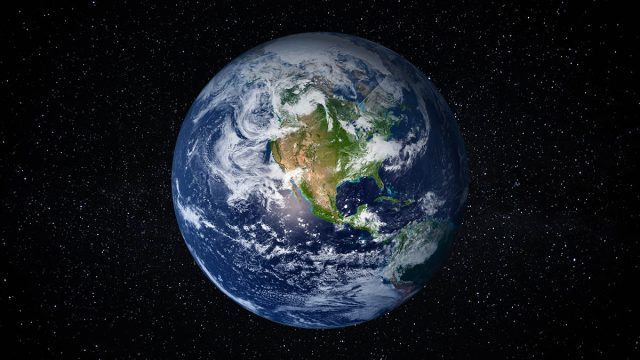
The idea of an underwater world has driven plenty of science fiction, but one group of researchers says it’s not too far from science fact. They’ve discovered an area inside the earth’s surface, that’s believed to hold many times more water than the rest of Earth’s oceans combined. The finding was tipped off by the discovery of a diamond, and it may support a theory that’s shaken up conventionally held wisdom of how water appeared on the planet. Read on to find out what the scientists found and what impact it could have.
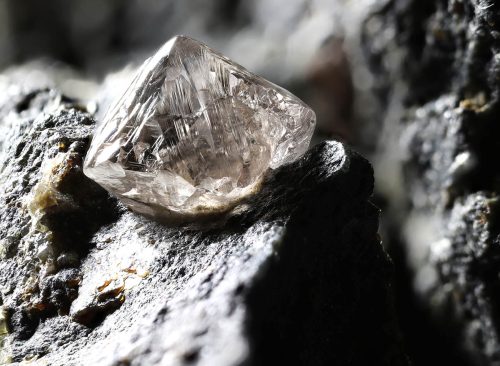
At Goethe University in Frankfurt, Germany, geoscientists were investigating a diamond that was formed more than 410 miles beneath the earth’s surface in Botswana, Africa. When analyzing the contents of the stone, they found it contained a large amount of water. The high volume of water in the diamond is evidence that supports a theory—which previously had been just a theory—that a huge ocean is suspended between the upper and lower layers of the Earth, deep within the planet’s crust.
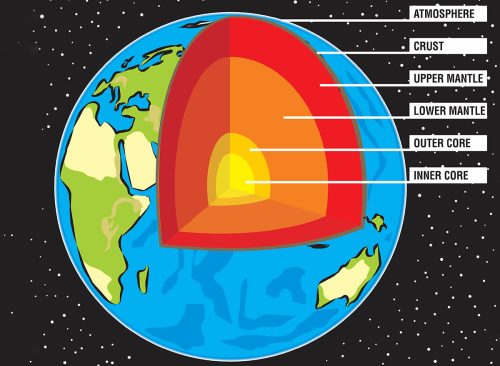
The depth at which the diamond was formed—660 kilometers, or about 410 miles—is at the deepest part of the “transition zone,” the boundary layer that separates the Earth’s upper mantle from the lower mantle. Minerals found in areas lower in the transition zone—closer to the Earth’s core—are denser and less likely to move like the tectonic plates closer to the earth’s surface. “These mineral transformations greatly hinder the movements of rock in the mantle,” said Prof. Frank Brenker from the Institute for Geosciences at Goethe University in Frankfurt. For example, mantle plumes—rising columns of hot rock from the deep mantle—sometimes stop directly below the transition zone. The movement of mass in the opposite direction also comes to standstill.” Because of the density and static nature of this zone, scientists weren’t sure how much water existed there.
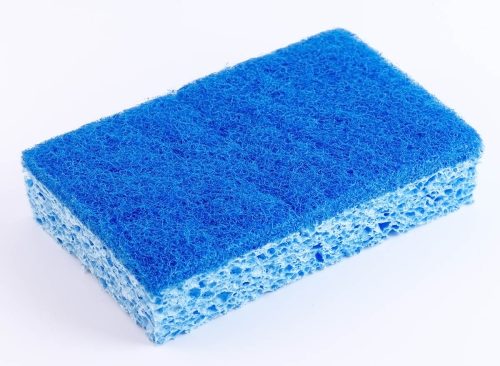
Until they analyzed the diamond. Using advanced spectroscopy, the researchers found that the diamond contained ringwoodite, a mineral with a high water content. “In this study we have demonstrated that the transition zone is not a dry sponge, but holds considerable quantities of water,” said Brenker. “This also brings us one step closer to Jules Verne’s idea of an ocean inside the Earth.”
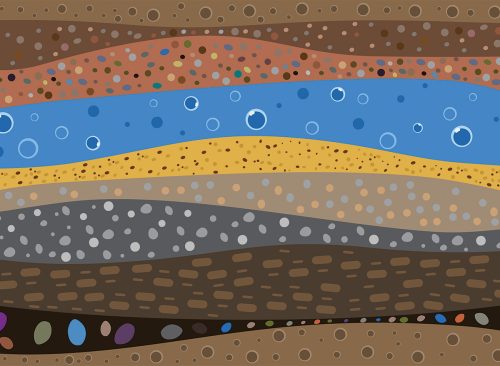
Scientists had previously theorized that because minerals found deep within the Earth’s crust— wadsleyite and ringwoodite—could store large quantities of water, the transition zone could potentially hold six times the amount of water in all of the planet’s oceans. “So we knew that the boundary layer has an enormous capacity for storing water,” Brenker says. “However, we didn’t know whether it actually did so.” Until now. It may be evidence that water deep within the earth is part of the planet’s overall water system.
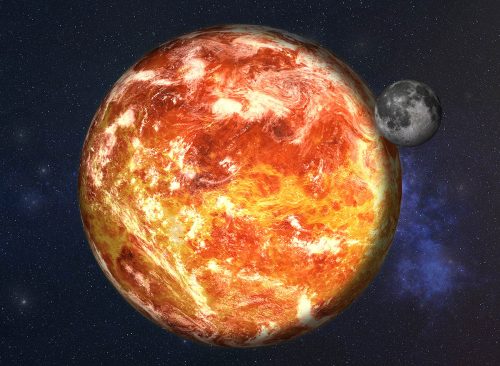
The discovery could join others in revising ideas of where Earth’s water came from. The predominant theory is that the young planet was too hot to develop water naturally. It’s believed water was formed further out in the solar system, then delivered to the planet by comets or asteroids crashing into the surface. But if water existed deep within the planet’s transition zone, that theory won’t hold.














